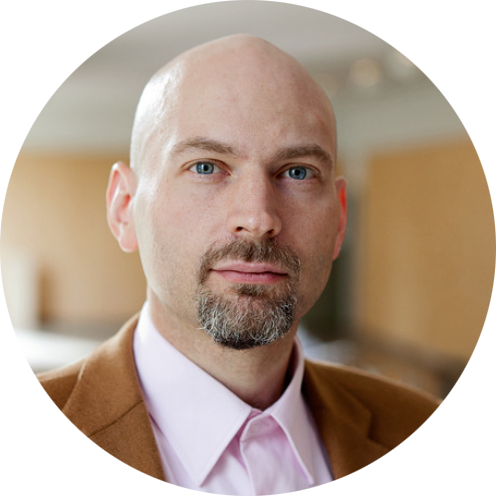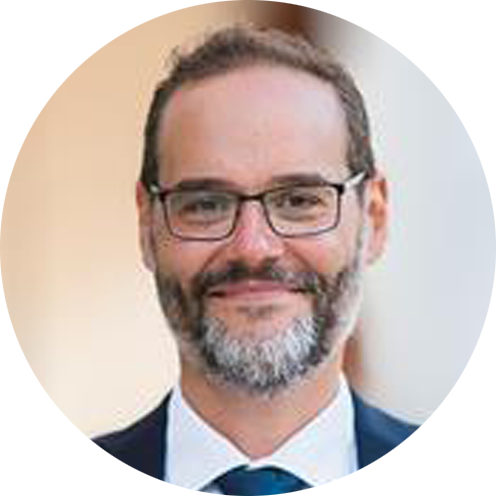SPAWC TALKS
SPAWC TALK details
Riku Jäntti

Ambient Backscatter Using Cellular Signals: A Low-Power Alternative to 3GPP Ambient IoT
Abstract
The Internet of Things (IoT) is expected to interconnect billions of low-cost, energy-constrained devices, necessitating scalable and energy-efficient connectivity solutions. In response, the 3rd Generation Partnership Project (3GPP) has initiated a study on Ambient IoT (AIoT), aiming to support massive machine-type communications (mMTC) by employing backscatter technology in licensed cellular bands. The current 3GPP approach relies on continuous wave (CW) carriers transmitted by cellular infrastructure to interrogate passive tags. While this enables higher data rates, it incurs significant power consumption, requires dedicated spectrum, and introduces hardware complexity.
In this talk, we present a low-power, low-complexity alternative that leverages ambient cellular signals—already present in the environment—as the illumination source for backscatter communication. The backscatter tag modulates information using frequency-shift keying (FSK), which appears as an additional multipath component in the cellular channel. We demonstrate, through a proof-of-concept implementation, how existing receiver infrastructure—specifically, the channel estimation modules in base stations and user equipment—can be repurposed to decode the backscattered signal with minimal modifications and no additional hardware. This receiver-centric approach eliminates the need for dedicated CW sources and reduces system complexity, providing a practical and energy-efficient pathway for scalable AIoT deployment.
Bio
Riku Jäntti (M’02 – SM’07) is a Full Professor of Communications Engineering at Aalto University School of Electrical Engineering, Finland. He received his M.Sc (with distinction) in Electrical Engineering in 1997 and D.Sc (with distinction) in Automation and Systems Technology in 2001, both from Helsinki University of Technology (TKK). Prior to joining Aalto in August 2006, he was professor pro tem at the Department of Computer Science, University of Vaasa. The research interests of Prof. Jäntti include machine type communications, disaggregated radio access networks, backscatter communications, quantum communications, and radio frequency inference.
Christos Masouros

Signal Processing for Sustainable Multi-Access and Multi-Functional Wireless Networks
Abstract
The future Global cellular infrastructure will underpin smart city applications, urban security, infrastructure monitoring, smart mobility, among an array of emerging applications that require new network functionalities beyond communications. Key network KPIs for 6G involve Gb/s data rates; cm-level localization; μs-level latency; Tb/Joule energy efficiency. Future networks will also need to support the UN’s Sustainable Development Goals to ensure sustainability, net-zero emissions, resilience and inclusivity. The multifunctionality and the net-zero emissions agenda necessitate a redesign of the signals and waveforms for 6G and beyond. In this talk, we first explore a recent research direction involving symbol-level precoding (SLP) approaches that treat interference as a useful resource in multi-access communication systems. These have been shown to offer orders of magnitude savings in power consumption, over a range of communication scenarios. The second part of the talk focuses on enabling the multi-functionality of signals and wireless transmissions, as a means of hardware reuse and carbon footprint reduction. We overview recent research in the area of integrated sensing and communications (ISAC), that is a paradigm shift that enables a both sensing and communication functionalities from a single transmission, a single spectrum use and ultimately a common infrastructure. With the rising demand for sustainability and resilience from the network infrastructure, the above technologies are becoming essential building blocks of the wireless network.
Bio
Christos Masouros received the Diploma degree in Electrical and Computer Engineering from the University of Patras, Greece, in 2004, and MSc by research and PhD in Electrical and Electronic Engineering from the University of Manchester, UK in 2006 and 2009 respectively. In 2012 he joined University College London as a Lecturer. He has held a Royal Academy of Engineering Research Fellowship between 2011-2016. Since 2019 he is a Full Professor of Signal Processing and Wireless Communications in the Information and Communication Engineering research group, Dept. Electrical and Electronic Engineering, and affiliated with the Institute for Communications and Connected Systems, University College London. His research interests lie in the field of wireless communications and signal processing with particular focus on Green Communications, Large Scale Antenna Systems, Integrated Sensing and Communications, interference mitigation techniques for MIMO and multicarrier communications. He is a Fellow of the IEEE, Fellow of the Insitute of Electronic Engineers (IET), the Artificial Intelligence Industry Alliance (AIIA) and the Asia-Pacific Artificial Intelligence Association (AAIA). He was the recipient of the 2024 IEEE SPS Best Paper Award>, the 2024 IEEE SPS Donald G. Fink Overview Paper Award, the 2023 IEEE ComSoc Stephen O. Rice Prize, co-recipient of the 2021 IEEE SPS Young Author Best Paper Award and the recipient of the Best Paper Awards in the IEEE GlobeCom 2015 and IEEE WCNC 2019 conferences. He is an IEEE ComSoc Distinguished lecturer 2024-2025, and his work on ISAC has been featured in the World Economic Forum’s report on the top 10 emerging technologies. He is an Area Editor for IEEE Transactions on Wireless Communications, and Editor-at-Large for IEEE Open Journal of the Communications Society.
